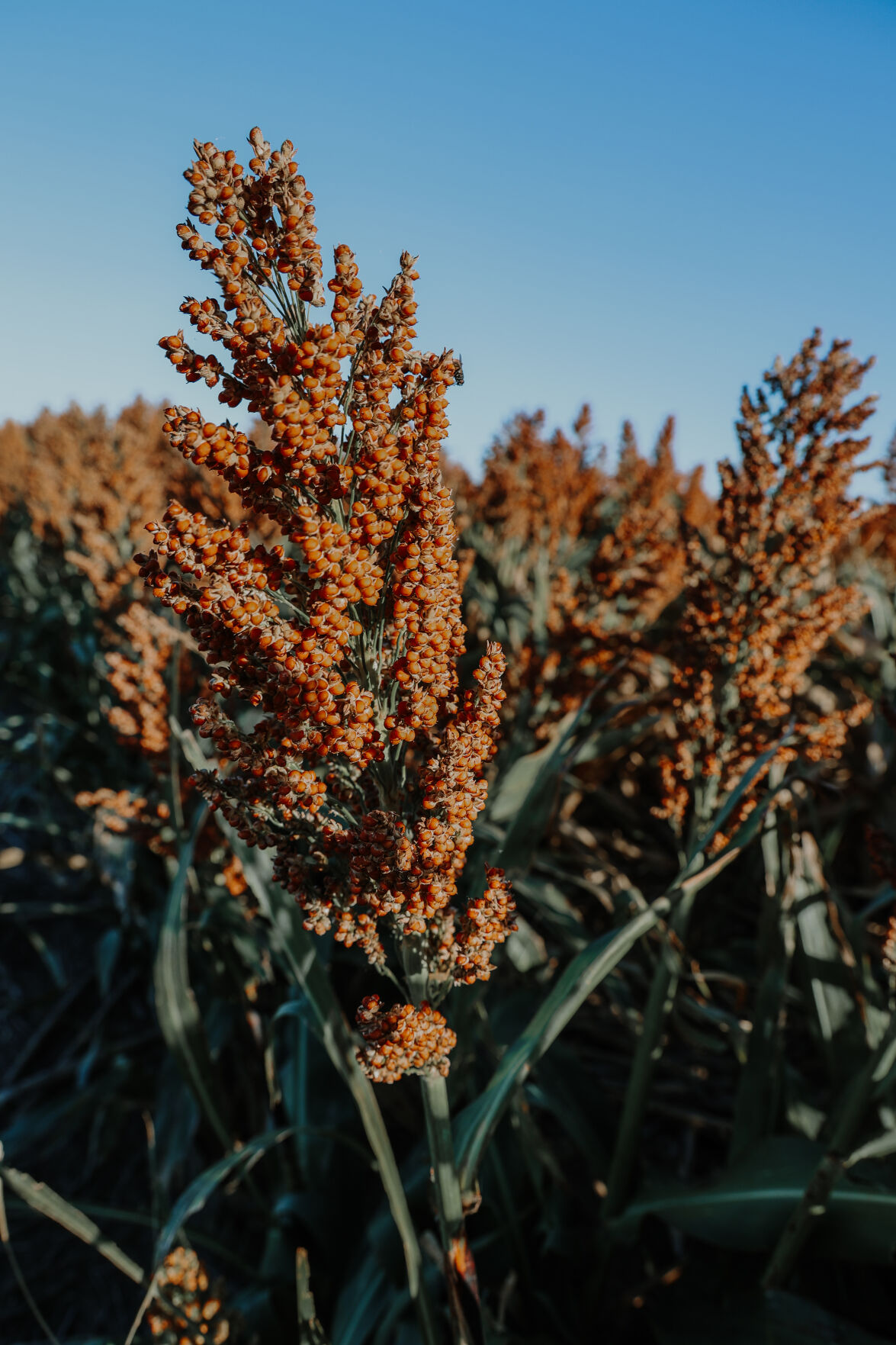Seed costs and benefits of sorghum in a crop rotation

Input costs are certainly on the minds of everyone going into the 2022 crop year. One of the advantages of grain sorghum over many other crops is the cost of seed.
Depending on the seeding rate used, the hybrid and seed treatments applied, the cost of sorghum seed generally ranges from $5 to $18 an acre for most growers. When coupled with expected favorable grain prices, this can go a long way in reducing risk when costs of pesticides and fertilizer are high.
One of the potential input costs associated with grain sorghum is the control of sugarcane aphids. However, in recent years sugarcane aphids have only been a relatively minor problem in a few regions of the country. When sugarcane aphid infestations are high enough to warrant an insecticide application, control can be achieved with any of three insecticides—Sivanto Prime, Transform or Sefina. All seed companies now have several sugarcane aphid tolerant hybrids that greatly reduce the odds of aphids reaching an economic threshold level requiring insecticide application.
Yield advantages when grown in rotation
Grain sorghum can produce yield advantages for soybeans, cotton and even corn when used in rotation.
In rotation with cotton, sorghum breaks up soil disease cycles such as verticillium wilt, and the crop residue increases soil moisture storage and protects emerging cotton from wind damage. In a 2017 trial conducted by researchers at Texas A&M University, cotton following sorghum produced a 26% higher yield than continuous cotton.
In a multiyear trial conducted near Mead, Nebraska, soybean yield increased 16.6% when following sorghum compared to continuous soybeans. Higher soybean yield following sorghum has been attributed to one or more of the following: increased soil fertility, improved soil physical properties, better weed control, and reduced diseases, nematodes and insect pests.
A surprise to most growers, grain sorghum also appears to benefit corn yield when following sorghum. A five-year trial from Kansas State University demonstrated an 8.4% increase in corn yield following sorghum compared to continuous corn.
Herbicide considerations
Always consider the herbicides used in the previous crop before planting grain sorghum. Most herbicide used in corn will not be an issue in rotating to sorghum. However, especially in cotton and soybeans, there are several herbicides with long soil residual that could impact grain sorghum planted the following year.
Editor’s note: Brent Bean, Ph.D., Sorghum Checkoff Director of Agronomy, Lubbock, Texas. For more information visit www.sorghumcheckoff.com.


